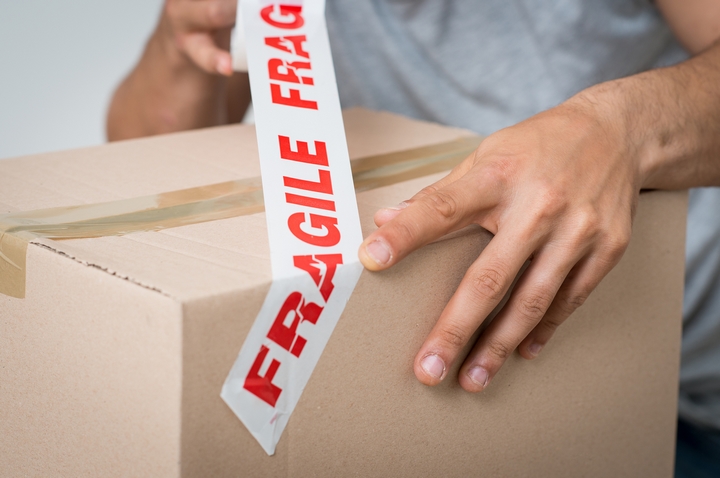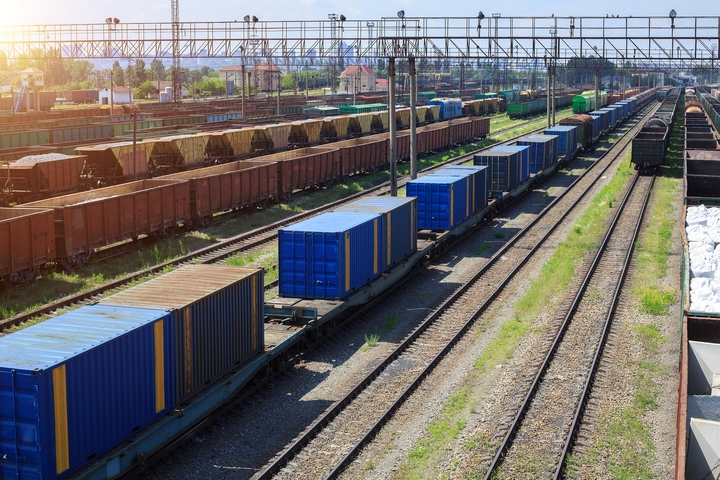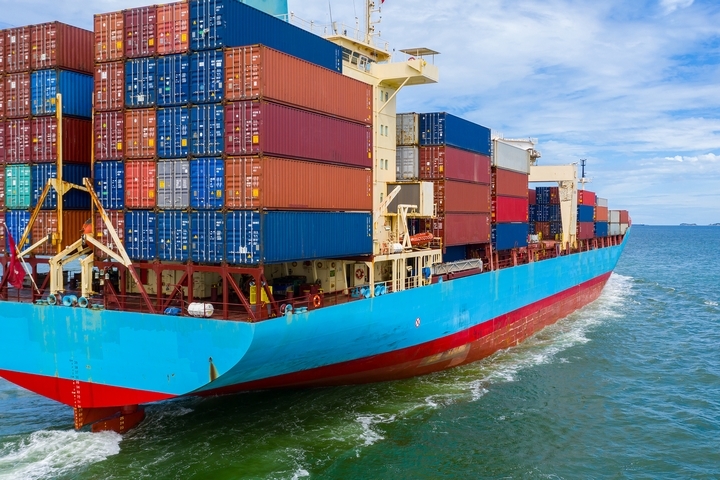In our contemporary society, we’ve become so accustomed to purchasing products online, and having them shipped to our front door. E-commerce is increasingly becoming the norm for how we conduct our business. However, we may not readily know just how our product or item is transported from point A to point B.
This is where freight gets involved. Cargo can generally be transported via ground, air, or by water, but there are multiple avenues in which they can be shipped. Although these are the most well-known types of freight available, a little more inspection reveals even more variations.
Here are eight of the most common types of freight methods:
Type #1: Less Than Truckload Freight
 When you need an item shipped from the distribution centre to the destination, less than truckload, or LTL freight, is generally used. This entails having the cargo transported on the ground, where the actual products weigh less than a full truckload. It is the most cost-effective type of freight, and usually delivers goods in the morning.
When you need an item shipped from the distribution centre to the destination, less than truckload, or LTL freight, is generally used. This entails having the cargo transported on the ground, where the actual products weigh less than a full truckload. It is the most cost-effective type of freight, and usually delivers goods in the morning.
Since it is the most cost-effective freight type, it is also one of the longest in terms of journey length. This comes down to the shared payload being transported. However, it is also recognized as the most popular type of freight, which can typically be identified through parcel delivery services like UPS.
Type #2: Partial Truckload Freight
 Although similar in nature to LTL freight types, Partial Truckload is a different variation altogether. Through this freight transport, a dedicated truck moves fewer loads, but can handle virtually all types of goods.
Although similar in nature to LTL freight types, Partial Truckload is a different variation altogether. Through this freight transport, a dedicated truck moves fewer loads, but can handle virtually all types of goods.
You will usually see companies or businesses employing the use of Partial Truckloads when the need for moving large volumes of cargo arises.
Type #3: Truckload Freight
 When a grounded transportation of freight is nearing its maximum capacity, it is known as a truckload, or TL. This freight service is generally required when a company needs very heavy loads of cargo transported, and in specific conditions. Due to some products needing to be delivered in specific states, such as refrigerated goods, a TL freight will usually be used.
When a grounded transportation of freight is nearing its maximum capacity, it is known as a truckload, or TL. This freight service is generally required when a company needs very heavy loads of cargo transported, and in specific conditions. Due to some products needing to be delivered in specific states, such as refrigerated goods, a TL freight will usually be used.
In addition, the process of moving goods and products is accelerated, with journey times being extremely fast. The only disadvantage to using a TL freight is its relative cost; they are more expensive to use. However, this may not be an issue if your cargo needs to be delivered quickly, and in peak condition!
Type #4: Expedited Freight
 This type of freight is defined by the very word being used to describe it. Expedited freight services are a special grounded variant, in that different types of cargo can be delivered at an expedited rate. The journey time from distribution centre to destination is rapid, with pickup being available in as fast as one day!
This type of freight is defined by the very word being used to describe it. Expedited freight services are a special grounded variant, in that different types of cargo can be delivered at an expedited rate. The journey time from distribution centre to destination is rapid, with pickup being available in as fast as one day!
Type #5: Air Freight
 As stated previously, air freight transportation is another way to transport cargo. It is generally regarded as having the fastest transit time, with cargo airlines usually organizing all logistics. In terms of transporting goods with various weights, air freight can also be a very inexpensive option.
As stated previously, air freight transportation is another way to transport cargo. It is generally regarded as having the fastest transit time, with cargo airlines usually organizing all logistics. In terms of transporting goods with various weights, air freight can also be a very inexpensive option.
This is because most goods to be transported are smaller, allowing cargo planes to deliver an enormous amount of commodities. There are also a myriad of air freight options available, each of them having their own cost-effective rates. If you need your goods shipped even quicker than grounded freight, then air freight might be your best bet!
Type #6: Blanket Wrap Freight
 If you need a product to be shipped in a very delicate manner, then employing the use of a blanket wrap may be viable. Blanket wrap freight transportation uses padded wrap to protect your goods, in case they experience a hard impact during transport. It may be slightly more expensive to use, but you can rest assured knowing your goods will arrive in mint condition.
If you need a product to be shipped in a very delicate manner, then employing the use of a blanket wrap may be viable. Blanket wrap freight transportation uses padded wrap to protect your goods, in case they experience a hard impact during transport. It may be slightly more expensive to use, but you can rest assured knowing your goods will arrive in mint condition.
Type #7: Rail Freight
 In countries such as Canada, intricate railway systems can be found throughout the nation. As a result, having your cargo delivered by rail can open up several opportunities in terms of cost-effective transportation. Rail freight is typically used to transport items in bulk, with cargo containers being used in abundance. If you are shipping large freight, using the rail is practical!
In countries such as Canada, intricate railway systems can be found throughout the nation. As a result, having your cargo delivered by rail can open up several opportunities in terms of cost-effective transportation. Rail freight is typically used to transport items in bulk, with cargo containers being used in abundance. If you are shipping large freight, using the rail is practical!
Type #8: Ocean Freight
 Finally, using the ocean to transport your goods overseas can also be worth your while. Ocean freight involves transporting cargo via the sea, and is generally available in a wide array of options. Rates may vary, but they can be relatively inexpensive if you conduct some research. Just be prepared to wait a few weeks; transit times can potentially last five weeks!
Finally, using the ocean to transport your goods overseas can also be worth your while. Ocean freight involves transporting cargo via the sea, and is generally available in a wide array of options. Rates may vary, but they can be relatively inexpensive if you conduct some research. Just be prepared to wait a few weeks; transit times can potentially last five weeks!
As is the case with many aspects of our life, there is more than one sure-fire way to have our goods delivered to us. Depending on your circumstances, one type of freight transportation may be more feasible to use than others. Decide on what’s best for you, and you will have your goods in hand in no time!

